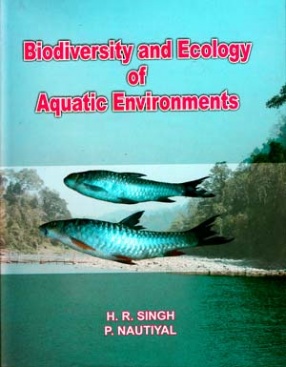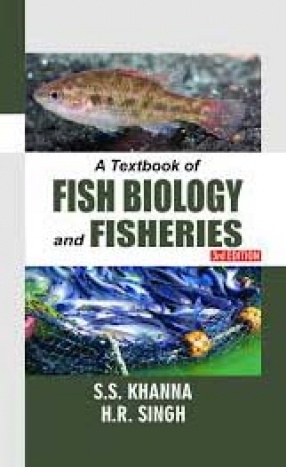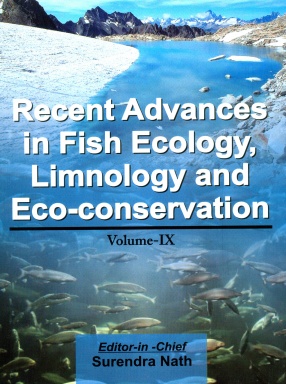Biodiversity and Ecology of Aquatic Environments
In stock
Just as large mammals and birds are synonymous to wildlife and environment to forests, biodiversity synonimises terrestrial environment. Aquatic organism such as fish, sharks, whales, crabs, squids, oysters and corals, etc. receive attention on individual basis as they are either beneficial or harmful to man. If we look at animal diversity commencing from protozoans (phylum Prorozoa) to amphibians (Phylum Chordata) a major segment are aquatic and only a small section of vertebrate fauna are truly terrestrial (as all amphibians, reptiles, birds and mammals taken together hardly exceed species richness of fish). Hence, if we fail to appreciate the aquatic biodiversity we ignore all invertebrate phyla and almost half the number of vertebrate species on this planet. Moreover, by giving importance to thirty per cent of earth’s area, we are ignoring seventy per area which is aquatic. Freshwaters which occupy a meager area of earth and are an integral part of terrestrial ecosystem harbour much more biodiversity in terms of area. For instance India with water area of 314,400 km2 has a very small share (<10%) of fresh water (29,000 km2 length of river and 1.6 million ha ponds, swampy areas) but harbours nearly 37% of total fish fauna (1570 marine and 930 fresh water). Hence, even in small area the biodiversity is more and that is a good enough reason to appreciate freshwater ecosystems. Freshwaters are hence, home to a tremendous diversity of fish, amphibians, aquatic plants, invertebrates and microorganisms and freshwater biodiversity is among the poorly known on Earth. Biodiversity in freshwater systems is distributed in a fundamentally different pattern from that in marine or terrestrial systems. Organisms land or in the sea live in media that are more or less continuous over regions and species adjust their ranges to some degree as climate or ecological conditions change. But freshwater habitats are relatively discontinuous, and many freshwater species do not disperse easily across the land barriers that separate river drainages into discrete units.
Even though degradation in the physical, chemical and biological characteristics of aquatic environments is widely recognized usually in context of water quality, pollution and fisheries, the diversity in aquatic environments have received little attention. Apart from few lines in the fish Chapter there is no mention of freshwater biodiversity in the World Conservation monitoring Center's Global Diversity (Groombridge 1992). Water as a media in which life originated on earth probably merits, more concern than has been given to it.








There are no reviews yet.